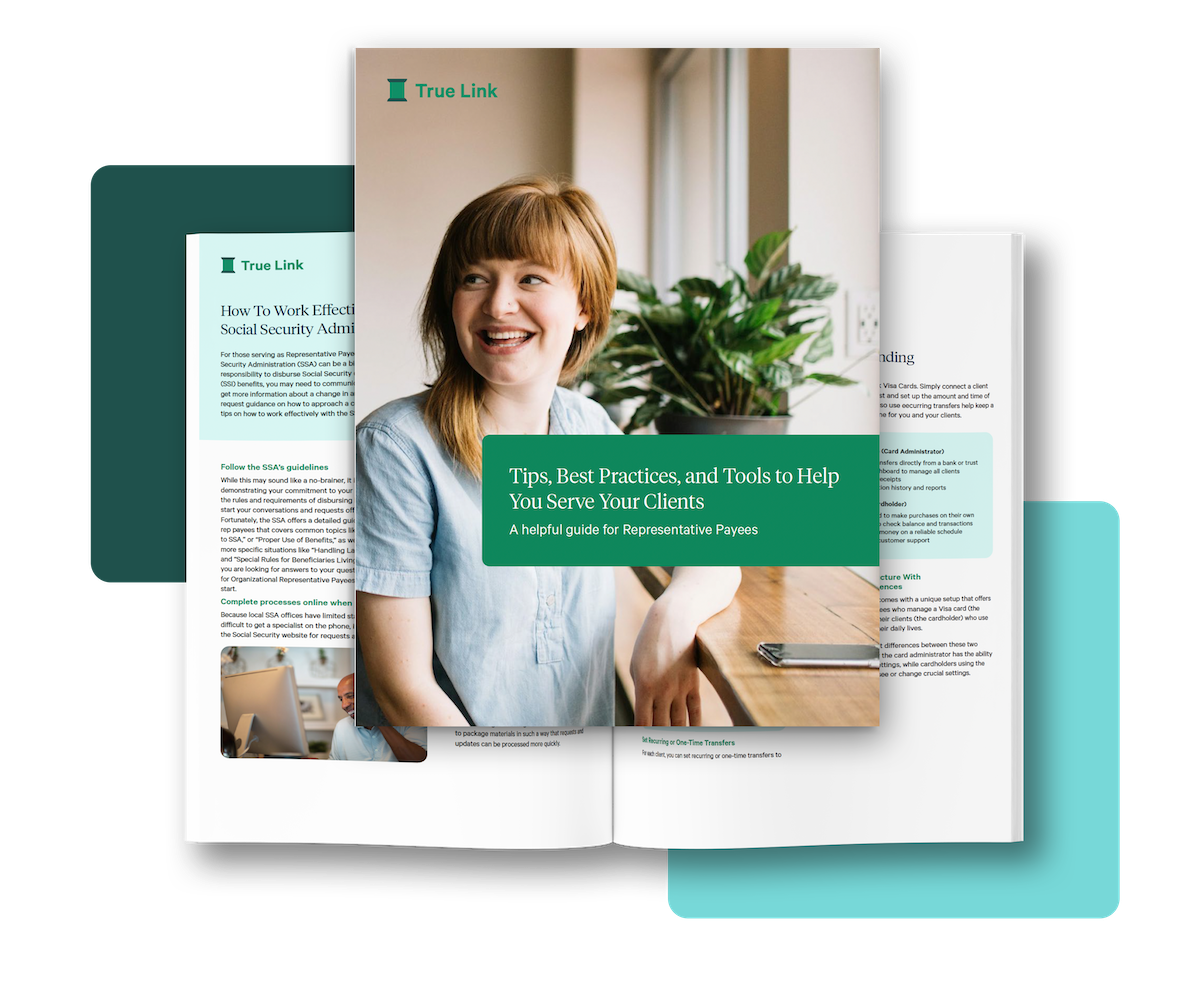Using 529 Funds for Off-Campus Housing: What Parents Need to Know
For many students, moving off campus marks an exciting step toward independence, but it can also lead families to have questions about their 529 plan. Can rent be paid with 529 funds? What about groceries, internet, or furniture? The answer is often “yes – up to a point.”
Understanding how the IRS defines qualified housing expenses can help you use your savings confidently and steer clear of unexpected taxes or penalties later.
Room and board basics
If a student is enrolled at least half-time in an eligible institution, room and board costs count as qualified expenses under a 529 plan. This is true whether a student lives in a dorm, an apartment, or a shared house off campus. However, there’s an important parameter to keep in mind: off-campus costs can’t exceed your school’s published “cost of attendance” (often abbreviated as COA) for housing and meals. Every school sets its own COA based on typical expenses for local housing, utilities, and food, and you can usually find it on the college’s financial aid or bursar’s office website.
Keep in mind that only expenses incurred while the student is enrolled will qualify. Summer rent or housing during breaks typically do not qualify, unless the student remains actively enrolled in coursework during that time period. So if your student has to sign a year-long lease, only rent paid during the academic year may qualify.
What to know about off-campus food expenses
Meals or groceries that fall within the school’s cost of attendance for “room and board” are considered qualified. In addition to on-campus meal plans, this can include groceries or occasional prepared meals (takeout, delivery, or dining out) that are reasonably necessary for the student’s sustenance while enrolled. The key phrase here is “reasonably necessary” – which can be up to interpretation. A pizza night or takeout meal during finals could arguably qualify, but frequent restaurant dining or daily coffee runs would likely not.
The IRS doesn’t technically distinguish between “meals prepared at home” and “meals eaten out;” it only limits total spending to the school’s published COA for room and board. However, in an audit, frequent or high-cost restaurant transactions can be difficult to justify as educational expenses. So while some dining out could fit within the allowance if it’s under the limit and truly for educational purposes, many families choose to keep these as personal expenses and not use 529 funds to reduce the risk of being audited.
Study abroad housing
If your student plans to study abroad, 529 funds can still be used for room and board – as long as the program and school are eligible under federal guidelines. To qualify, the foreign institution must participate in the U.S. Department of Education’s student aid programs which you can check using the Federal School Code List (searchable by country and school name). Once eligibility is confirmed, the same rules apply as for U.S. housing expenses.
For example, if your student’s university in the U.S. partners with a program in Madrid that lists a $14,000 “room and board” allowance, that amount sets the upper limit for qualified 529 withdrawals. Rent, utilities, and meal expenses within that figure qualify, but expenses for things like lodging for weekend travel or expensive meals out would not. It’s worth noting that receipts from abroad can be harder to track, especially when expenses are paid in foreign currency. Keeping digital copies, noting the exchange rate, and storing all documentation in one place will make it easier to verify expenses later if needed.
The importance of good record-keeping
If you’re ever asked to verify how 529 funds were spent, documentation makes all the difference. Keeping everything organized can help protect you from potential penalties and allow you to feel more confident that your 529 savings are being used exactly as intended. Here are some documents and details you may want to keep track of:
- Your school’s COA for off-campus housing
- Lease agreements or rent receipts
- Utility bills and grocery receipts
- A short summary or spreadsheet showing how withdrawals match qualified expenses
Keep in mind that combining eligible and non-eligible costs on the same card can make record-keeping harder, so you may want to use a dedicated card like the True Link Visa® Prepaid Card for qualified 529 expenses. With the True Link dashboard you can also pull records of your expenses, so you don’t have to maintain a manual spreadsheet of eligible costs.
The bottom line
A 529 plan can make paying for college more manageable — and that includes life beyond the dorms. When used thoughtfully, these funds can help cover the real costs of a student’s independence: rent, groceries, and the basics that support daily life while studying.
The key is to stay within your school’s published cost of attendance, track expenses carefully, and document everything along the way. Doing so helps ensure your withdrawals remain tax-free and compliant – and gives you peace of mind that your savings are being used as intended.
Disclaimer: This article is for informational purposes only and does not constitute financial, legal, or tax advice. You may wish to consult a qualified advisor about your specific situation. State tax treatment of 529 plans varies, so check your own state’s rules before making decisions.











